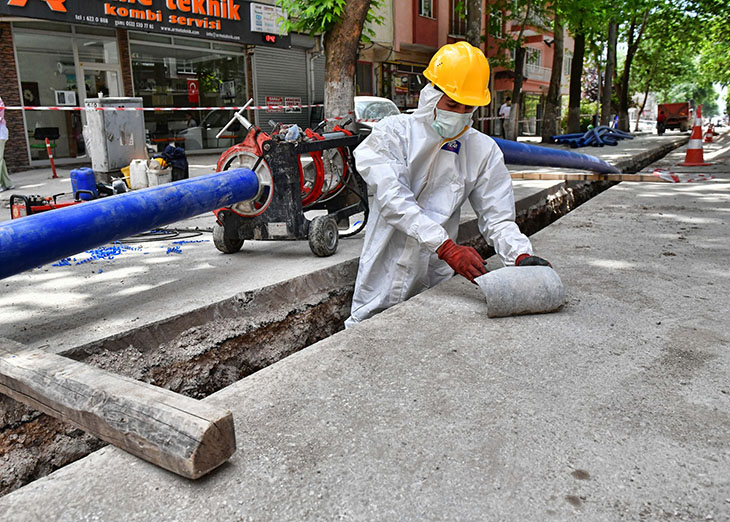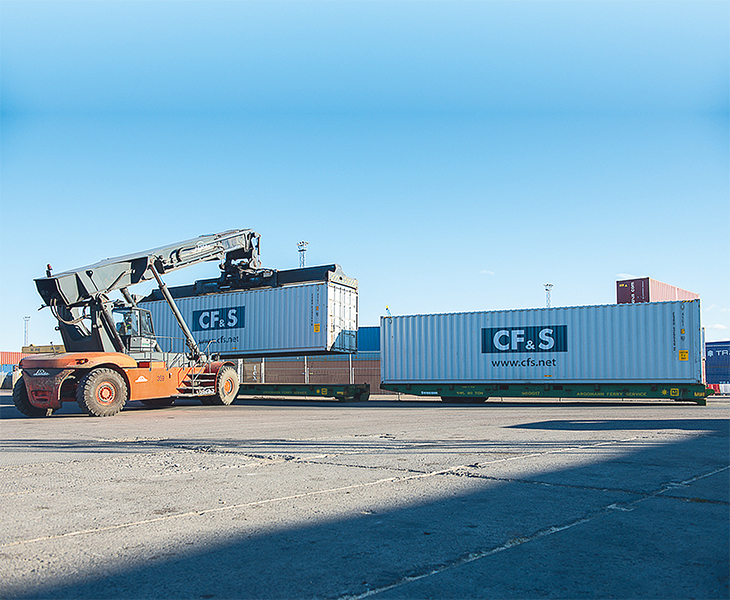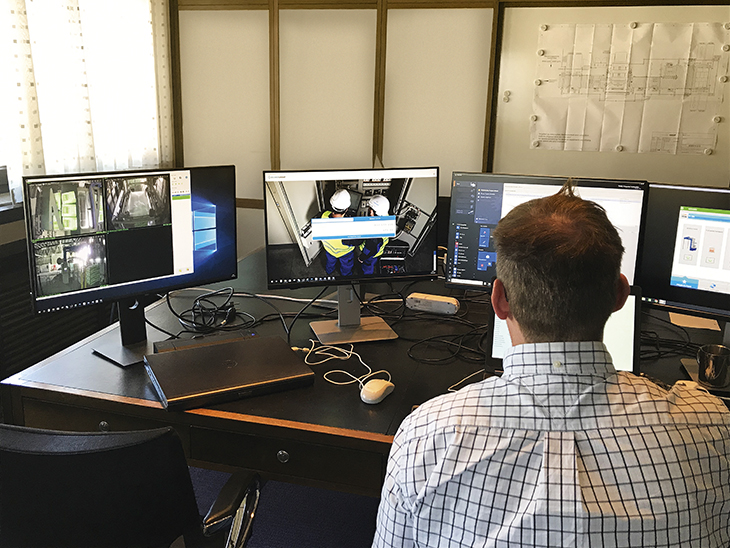Asbestos is the collective name for six naturally occurring mineral fibers. Due to its heat resistance and affordability, products with asbestos-containing material became common, especially within the construction industry. However, medical evidence gathered as early as the 1930s indicated asbestos was harmful if inhaled as dust. Now, people must take asbestos control measures to reduce risks.
More than 60 countries have banned asbestos. Although the United States has scaled down its use, products ranging from brake pads to roofing materials and vinyl tiles still contain it. Asbestos exposure is still a significant threat when remodeling or demolishing older buildings, too. Safety managers and others overseeing such processes must train employees in risk-reduction techniques for asbestos exposure.
Asbestos Causes Health Problems
Scientists now know asbestos exposure can make people ill, even though symptoms may not occur until years later. For example, handling asbestos-containing materials can increase someone’s mesothelioma risk, but it can take up to four decades for signs to show.
Exposure to asbestos-containing materials can also raise the risk of lung diseases. These can make breathing more difficult or limit a person’s lung efficiency.
Contact with asbestos does not guarantee future health problems. However, prolonged exposure, tobacco use and preexisting lung conditions can increase the risk of such outcomes. When people know and follow safe handling practices, they are being proactive and lowering their risk.
Asbestos Control Measures Vary By Role
People supervising the training of workers who must take asbestos control measures will find the precautions vary depending on the likelihood of dangerous exposure. Remember — asbestos is most hazardous when associated with airborne dust people can inhale. The required protective measures increase along with the possibility of disturbing asbestos-containing material accidentally or intentionally.
Someone cleaning a surface known to have asbestos-containing material with a damp cloth would likely not need to take any precautions because the overall risk is so low. However, when accidental or purposeful asbestos-fiber disturbances happen, the involved parties need partial or full supervision during the work, must wear respiratory protection, and use containment strategies on the site.
Specific mitigation measures — such as spraying materials containing asbestos with water to minimize the potential disturbances — further reduce the risk. Workplace safety managers may find many preventive measures for asbestos exposure are similar to those used for other reasons. For example, nanomaterials containing carbon have lung-irritant effects like those linked to asbestos.
Threat of Fines Linked to Asbestos-Containing Material
In the United States, there are four classifications of asbestos-related work. The higher the classification, the lower the risk. A person’s job also affects their training on asbestos control measures.
One federal regulation in the United States requires employers to train every employee likely exposed to asbestos levels higher than the permissible exposure levels. More specifically, workers must not experience exposures higher than 0.1 fiber per cubic centimeter of air as an eight-hour time-weighted average.
However, due to an excursion limit, the exposure can be as high as one asbestos fiber per cubic centimeter for a half-hour. Employers must use various asbestos control measures to maintain safety. For example, site assessments allow people to verify the likely risk. However, monitoring must occur to check that no exposure exceeds the permissible levels or excursion limits.
Although those specifics relate to the United States, regulators elsewhere take safety measures seriously, too. One contractor in the United Kingdom got fined £90,000 for not protecting workers and the public during a project. An inspector commenting on the matter said asbestos kills approximately 20 tradespeople per week. He continued that any companies engaging in work that causes potential exposure must take the appropriate mitigation measures.
Many Products Contained Asbestos
Estimates suggest more than 3,000 different products have asbestos in them. Asphalt tiles, gaskets, friction-related products and many more still contain asbestos today. However, many manufacturers and consumers increasingly request asbestos-free versions.
Since asbestos was once so widely used — and currently has uses — people must continue taking the appropriate precautions around items containing it. Those measures include not spreading asbestos from the workplace into the home.
People in production facilities with ongoing asbestos exposure typically wear special protective clothes that prevent the fibers from penetrating them. They also don and doff the gear before leaving or entering the workplace, and never bring it to their residences. Preventive measures extend to anyone working on older buildings or handling antiques.
Even though many countries have phased out asbestos, exposure can still happen regularly. Knowing the risks and safeguarding against them keeps staff protected.
Asbestos — A Serious Risk
Protecting workers from known risks is a regulatory requirement and an indication superiors care about their employees. Teaching workers safe handling practices and insisting they follow them lowers the risk of eventual complications. This commitment can also reduce turnover rates. People are more likely to stay with their employers long term if they can do their jobs in safe, supportive environments.
























